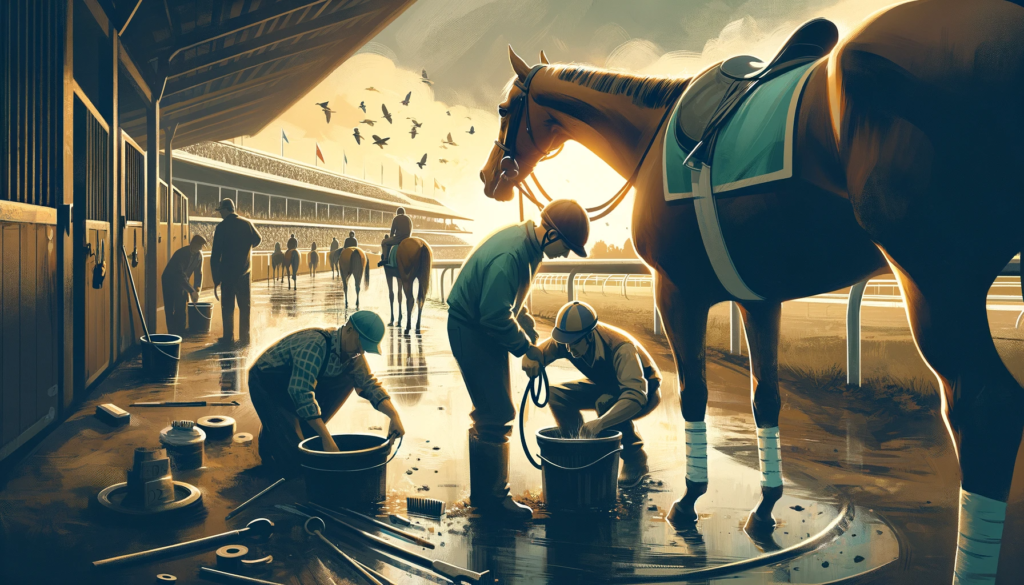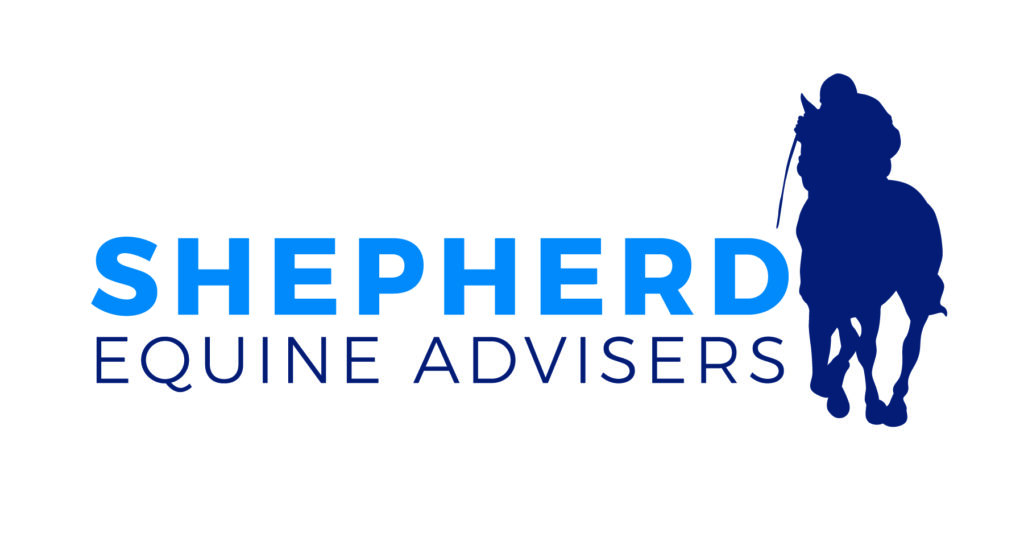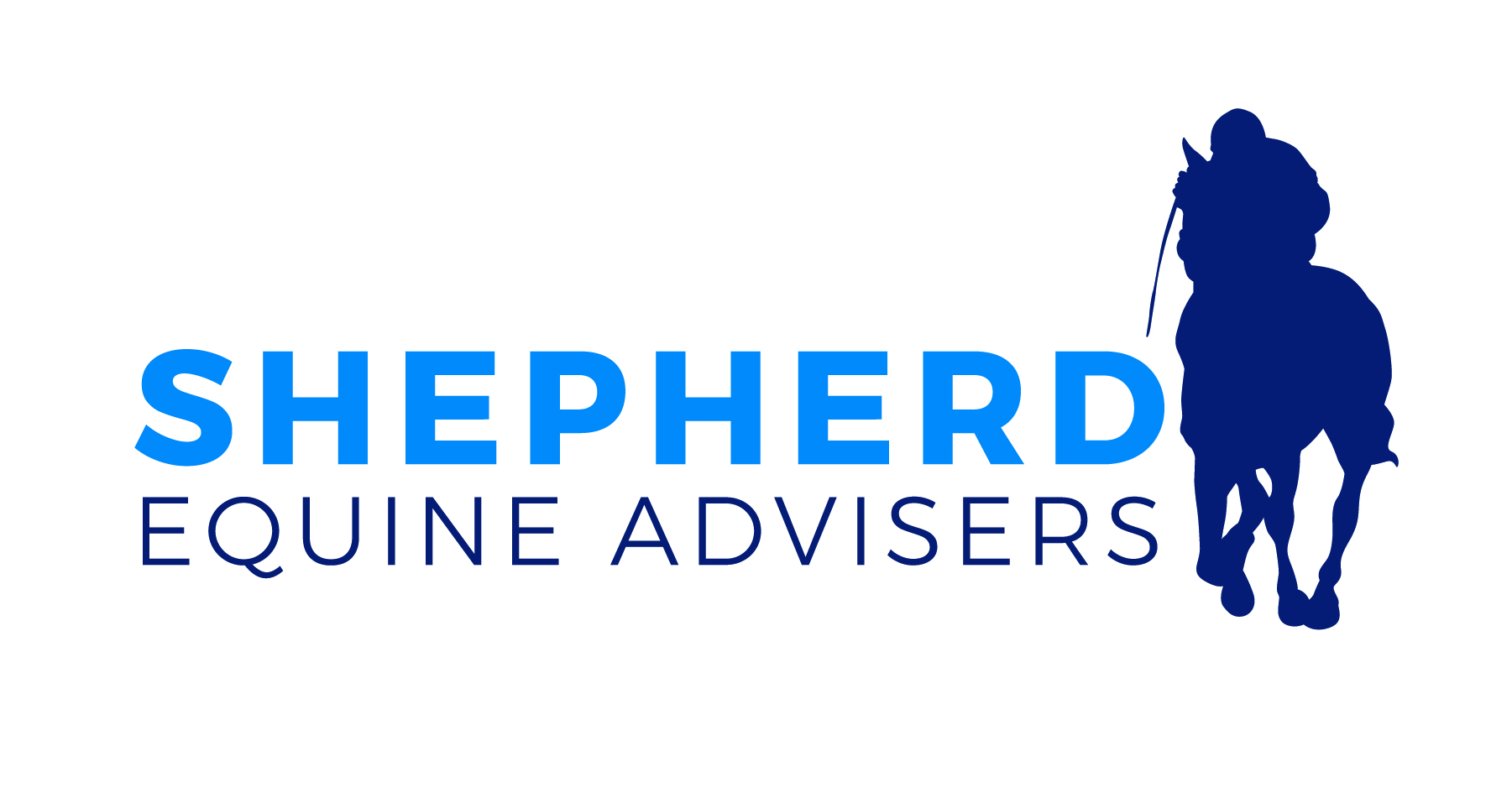In the heart of Kentucky, a small town once stood divided on the issue of thoroughbred racing. The sport, a longstanding tradition, was both a source of pride and controversy. As perspectives shifted, so too did the practices at the local racetrack, reflecting a broader trend in how the public opinion of horse racing can shape industry practices and policies.

The Power of Perception: Understanding Public Opinion of Horse Racing
Public opinion is a dynamic and powerful force, constantly shaped by media portrayals, local sentiments, and national trends. Just as fashion brands adapt to changing consumer tastes, the thoroughbred racing industry must respond to the evolving perceptions of its audience.
The transformation in Kentucky is a microcosm of this global phenomenon, highlighting the need for industries to stay attuned to public sentiment.

The Gatekeepers of Change: How Public Sentiment Drives Industry Evolution
The influence of public opinion of horse racing has led to significant changes in the industry. For instance, heightened concerns over animal welfare prompted stricter safety protocols and breeding regulations.
According to a 2023 survey by the Thoroughbred Safety Coalition, there has been a 15% decrease in racing-related equine injuries, a direct response to public advocacy for better animal care.

Beyond the Track: The Ripple Effect of Public Opinion on Economics and Legislation
Public opinion doesn’t just affect the track; it impacts the economics of the industry and legislative decisions. A shift in public sentiment can lead to changes in betting patterns, investment in racing facilities, and employment in equine care.
Additionally, state legislatures often pass laws reflecting the public’s stance on animal welfare and gambling regulations within the industry.

The Digital Paddock: Social Media’s Role in Shaping Public Opinion of Horse Racing
Social media has emerged as a powerful platform in shaping public opinion of horse racing. Campaigns for improved animal welfare or against certain industry practices can gain rapid traction online, leading to immediate industry responses.
A notable example is the 2022 #RaceResponsibly campaign, which successfully advocated for enhanced veterinary checks at major races.

The Untold Stories: Perspectives Often Overlooked in Mainstream Discussions
While mainstream media often highlights the glamour of thoroughbred racing, the perspectives of small-scale breeders and local communities are less frequently heard. These groups offer unique insights into the industry’s challenges and potential areas for improvement, providing a more holistic understanding of the sport’s impact.

Navigating the Course: Best Practices for Industry Stakeholders
For industry stakeholders, understanding and responding to public opinion is crucial. Engaging in open dialogues with the community, conducting regular surveys, and actively participating in social media discussions can help align industry practices with public expectations.
Embracing transparency and ethical practices will not only improve public perception but also ensure the industry’s sustainability.

The thoroughbred racing industry, like many others, is deeply influenced by public opinion. Its evolution, driven by a complex interplay of media, legislation, economics, and digital discourse, reflects the power of collective voices.
As we consider the future of this storied sport, one question lingers: “As the tides of public opinion of horse racing continue to ebb and flow, how will the thoroughbred racing industry adapt to not just survive, but thrive in a world where every voice can shape the future of the sport?“







Recent Comments